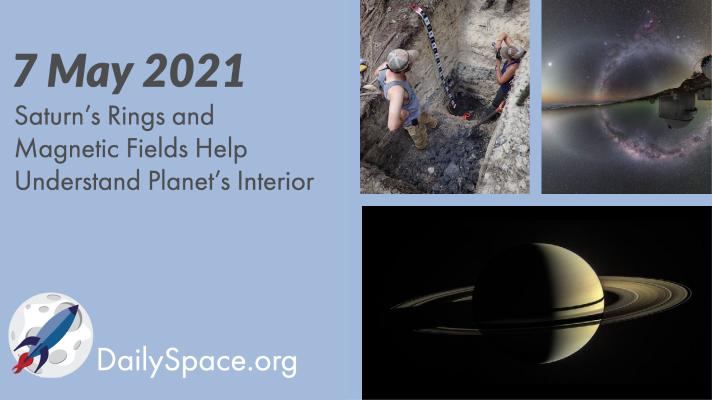
May 10, 2021 | Book Club, Cassini, Earth, Neutron Stars / Pulsars, Physics, Saturn
Two new studies used data from Cassini’s Grand Finale observations of Saturn and found that the magnetic fields and a wave in the rings provide insight into the core structure and composition of the gas giant. Plus, cosmic rays, how Mayans shaped the Earth, and a review of books by Charles C. Mann.
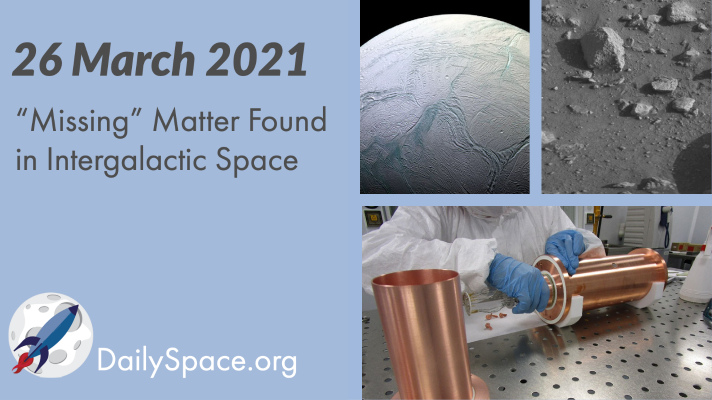
Apr 5, 2021 | Astrobiology, Cosmology, Daily Space, Dark Matter, Earth, Mars, Mercury, Physics, Saturn, Space History, Spacecraft
New research looking to explain the “missing” portion of baryonic matter in the universe managed to locate the material lurking in intergalactic space as hot, low-density gas. Plus, supercontinents, Enceladus, and weird earthquakes.
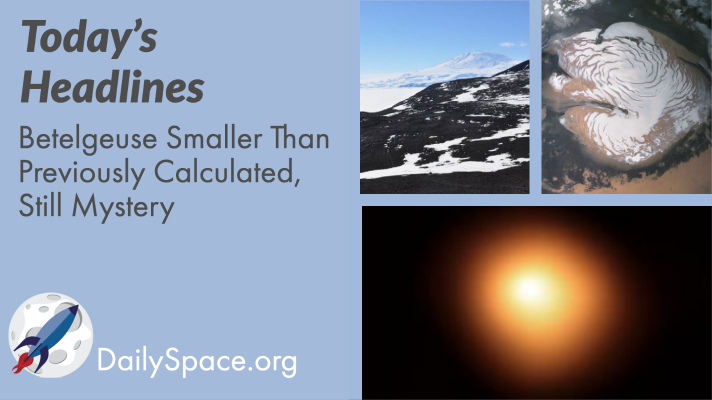
Feb 11, 2021 | Cassini, Climate Change, Daily Space, Earth, Galaxies, Mars, OSIRIS-REx, Saturn, Stars
Scientists collected fresh data on Orion’s bright star Betelgeuse to try and understand this star that caused so much controversy last year. They found it’s smaller than previously calculated, and last year’s dimming was likely caused by dust, but it’s also more complex than thought. Plus, galaxies, Earth’s forests, ice on Mars, and Saturn’s moon Rhea.
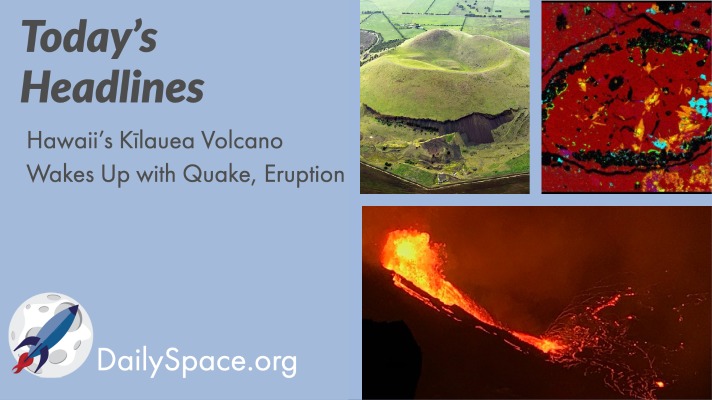
Dec 22, 2020 | Asteroids, Comets, Daily Space, Earth, JAXA, Jupiter, Observatories, Saturn, Science
USGS volcanologists and seismologists have been working around the clock to collect data on Kīlauea’s latest eruption after two years of dormancy. Plus, all the volcano news you can handle, as well as a meteorite, an asteroid, and a comet, oh my!
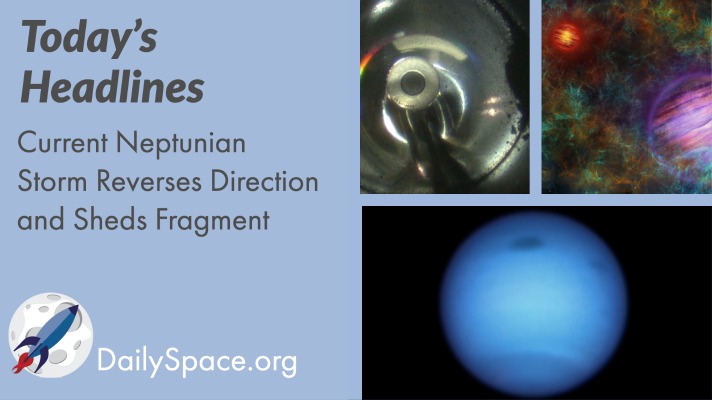
Dec 18, 2020 | Asteroids, Brown Dwarf, Daily Space, Earth, Exoplanets, JAXA, Jupiter, Neptune, Planets, Saturn, Sky Watching, Space China, The Sun
Scientists using Hubble to track storms on Neptune found that a current storm has reversed direction and possibly shed a fragment. Plus, an update on Hayabusa2’s sample return, a non-technological radio emission from an exoplanet, This Week in Sky Watching, and more!

Dec 11, 2020 | Asteroids, Citizen Science, Cosmology, Daily Space, Earth, Exoplanets, Galaxies, Jupiter, Physics, Saturn, Sky Watching, The Sun
Scientists have found a method to use gravitational waves for understanding the early universe. Plus, an exoplanet with no atmosphere, spiders in space (CW), citizen science, and X-ray bubbles in the Milky Way. And the first of our new weekly segment: This Week in Sky Watching.








 We record most shows live, on Twitch. Follow us today to get alerts when we go live.
We record most shows live, on Twitch. Follow us today to get alerts when we go live.